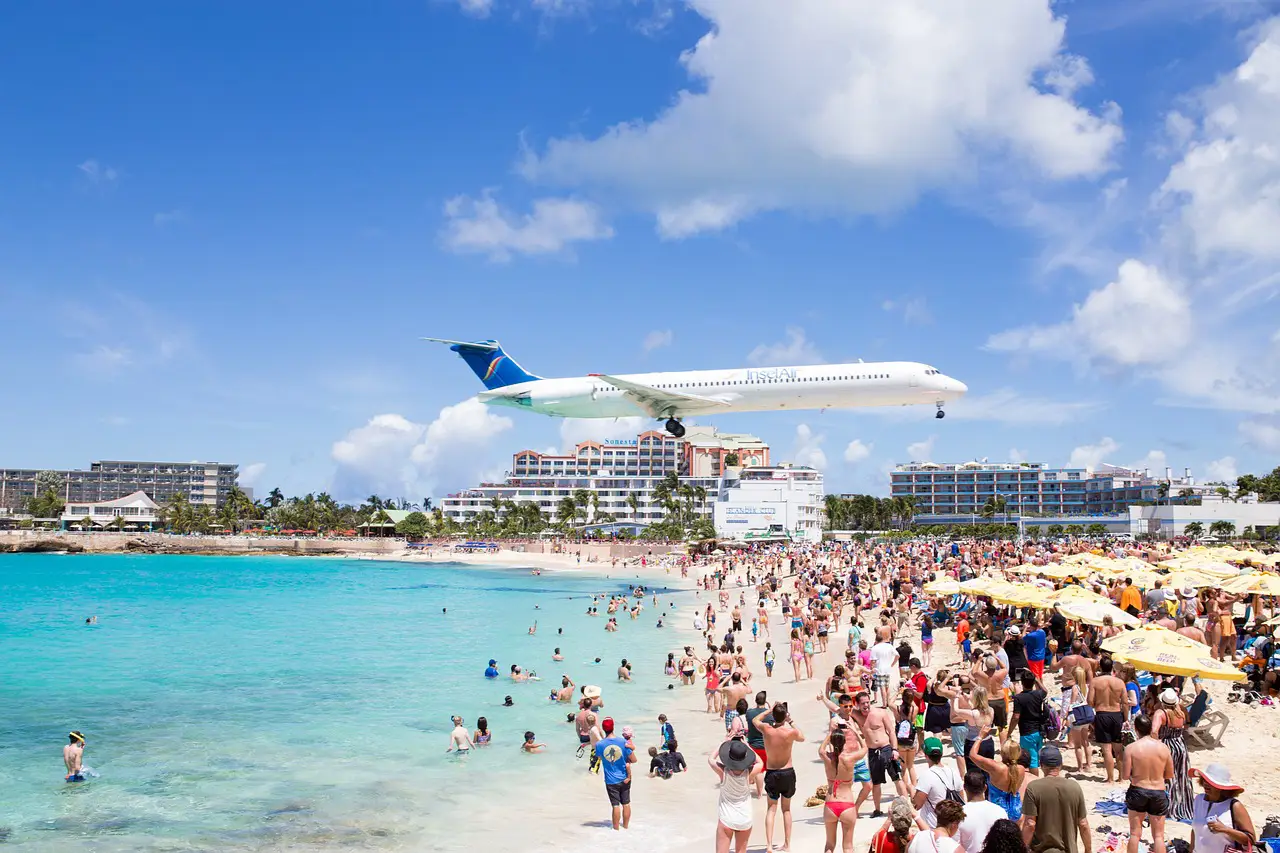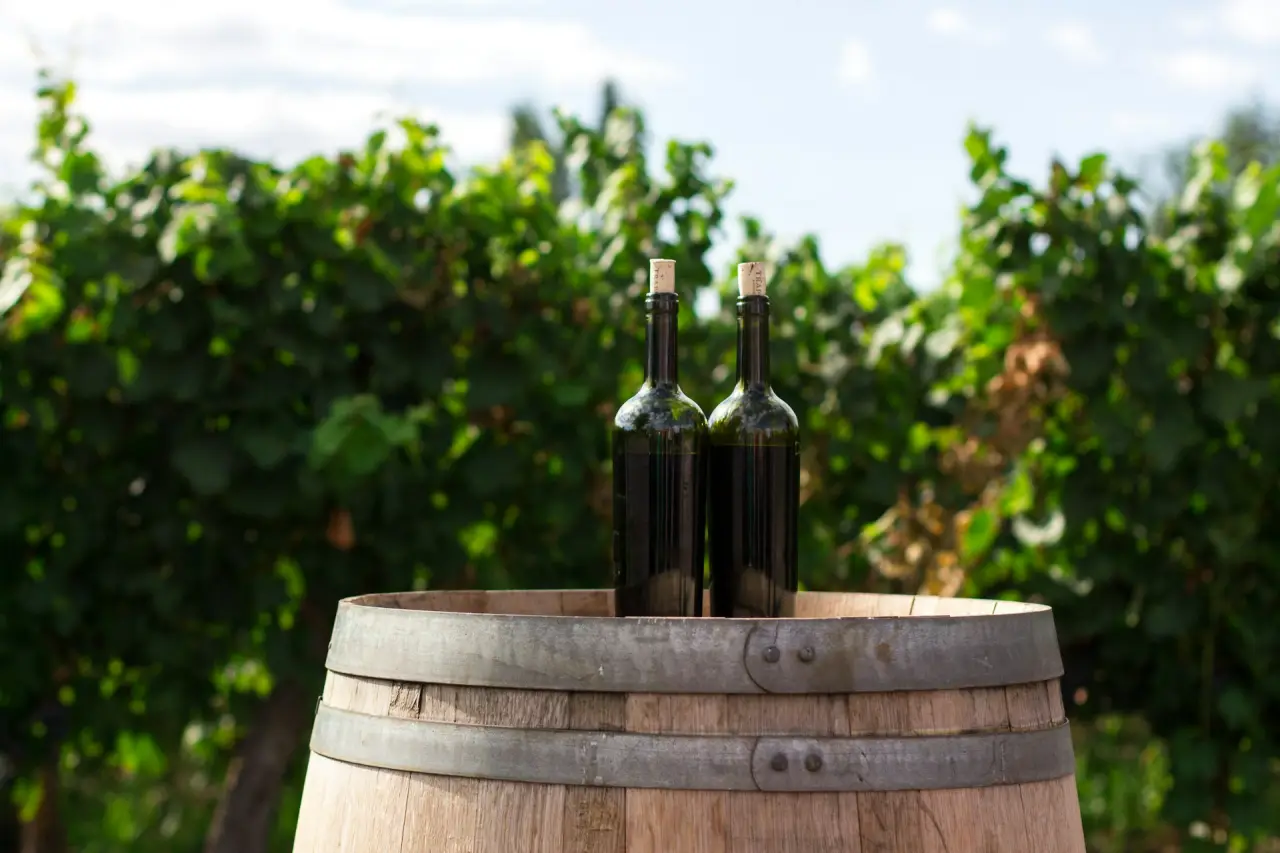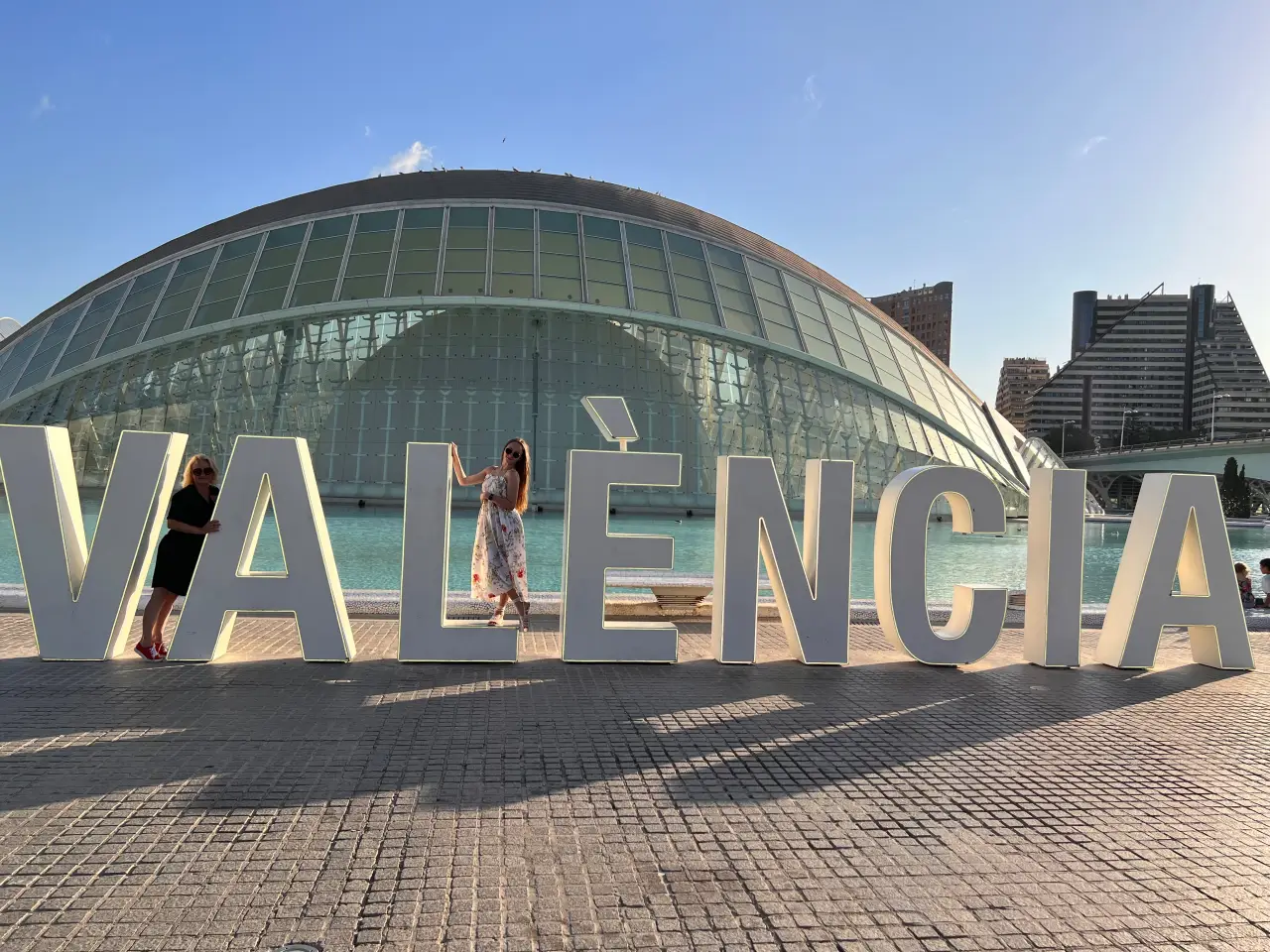When autumn winds start to blow, a unique celebration takes root in many parts of the world, especially in Mexico. The Day of the Dead, or “Día de los Muertos,” is a vibrant and heartfelt celebration honoring the deceased.
But where should one travel to truly experience the essence of this festival? Let’s embark on a journey to uncover the magic of Día de los Angelitos and Día de los Muertos.
Where to travel and experience Día de los Angelitos and Day of the Dead? What to expect?
Origins and Significance
Día de los Angelitos and Día de los Muertos are two Mexican holidays that celebrate the lives of deceased loved ones. Día de los Angelitos, also known as “Day of the Little Angels,” is a day to remember children who have died. It is celebrated on November 1, the first day of the two-day holiday. Día de los Muertos, also known as “Day of the Dead,” is a day to remember all deceased loved ones. It is celebrated on November 2, the second day of the holiday.
Both holidays are rooted in pre-Columbian beliefs about the afterlife. The Aztecs believed that the souls of the dead would return to the land of the living during the fall, and they would celebrate this with feasts and festivities. The Spanish brought Christianity to Mexico in the 16th century, and the two traditions merged to create the modern-day Día de los Muertos.
Día de los Angelitos is a more somber holiday than Día de los Muertos. Families typically visit the graves of their deceased children and decorate them with flowers, candles, and toys. They may also hold religious services or simply spend time remembering their loved ones.
Día de los Muertos is a more festive holiday. Families typically build altars in their homes or at the graves of their loved ones. These altars are decorated with flowers, candles, food, and other items that the deceased loved one enjoyed in life. Families may also hold parties or other gatherings to celebrate the lives of their loved ones.
5 Top Destinations to Experience the Festivities
1. Mexico City: The Heart of the Celebration
Mexico City, the bustling capital of Mexico, is a melting pot of traditions, and when it comes to the Day of the Dead, the city truly comes alive. Here’s what you can expect:
Grand Parades
One of the most iconic events in Mexico City during the Day of the Dead is the grand parade. This event gained international attention after being featured in a James Bond film, and since then, it has grown in scale and popularity. The parade showcases giant skeleton puppets, known as “calaveras,” traditional dancers in colorful costumes, and musicians playing festive tunes. Floats adorned with marigolds, candles, and intricate designs traverse the main avenues, drawing both locals and tourists alike.

Zócalo: A Massive Altar
The Zócalo, Mexico City’s main square, transforms into a vast sea of marigolds, candles, and altars during the celebrations. It’s a communal space where families come to pay their respects, create intricate “ofrendas” (offerings), and remember their loved ones. The atmosphere is both solemn and festive, with the scent of incense filling the air and the soft glow of candles illuminating the night.
Cemetery Visits
The cemeteries in Mexico City become hubs of activity during the Day of the Dead. Families gather at the graves of their loved ones, decorating them with flowers, photographs, and favorite foods of the deceased. It’s common to see groups singing traditional songs, sharing stories of the departed, and even having picnics right beside the graves. The idea is to celebrate the life of the deceased rather than mourn their death.
Traditional Foods and Beverages
Mexico City offers a plethora of traditional foods during this time. Street vendors and local bakeries sell “pan de muerto,” a sweet bread adorned with bone-shaped decorations. “Calaveritas de azúcar” (sugar skulls) are also popular, often used as decorations or given as gifts. For a warm beverage, “atole,” made from masa (corn dough), cinnamon, and vanilla, is a must-try.
Art Exhibitions and Workshops
The city’s cultural centers and museums often host special exhibitions dedicated to the Day of the Dead. These exhibitions showcase traditional art, sculptures, and even contemporary interpretations of the celebration. Many places also offer workshops where visitors can learn to make sugar skulls, paint their faces in the traditional “calavera” style, or craft paper marigolds.

There will be a large number of events in Mexico City that seek to commemorate the holiday, and one of them will be the fourth edition of the Festival of Offerings and Floral Arrangements of the Historic Center of the country’s capital, for which interested people can participate or only come to see each of the creations presented.
The festival will take place from October 27 to November 4, 2023 with the purpose of contributing to and preserving the tradition of the Day of the Dead as Intangible Cultural Heritage of Humanity.
Public and Private Altars
Throughout the city, you’ll find public altars set up in honor of notable figures, celebrities, or even fictional characters. These altars are elaborate and often carry a theme. Additionally, many families set up private altars in their homes, inviting friends and neighbors to view and share memories.
Mexico City offers a rich and immersive experience of the Day of the Dead. The blend of ancient traditions with modern interpretations, the communal spirit, and the city’s vibrant energy make it a must-visit destination for anyone looking to truly understand and experience Día de los Muertos.
2. Oaxaca: Traditional and Authentic
Oaxaca is considered by many to be the ultimate place to experience Día de los Muertos. The city’s colonial architecture and rich culture provide a perfect backdrop for the festivities. Families build elaborate altars in their homes and businesses, and the city’s cemeteries are decorated with flowers, candles, and other offerings. There are also many parades and other events held throughout the city.

3. Guanajuato: A Blend of History and Culture
With its underground tunnels and historic architecture, Guanajuato provides a unique backdrop for the celebrations. The city’s cemeteries become hubs of activity, with families gathering to sing, dance, and remember their loved ones.
In 2023, Guanajuato promises a vibrant celebration of the Day of the Dead, blending rich traditions with modern festivities. From October 26 to November 5, the city will host a special tour that delves deep into local customs, complemented by a grand Dia de los Muertos parade and outdoor shows near the Teatro Juarez Theater. Throughout the celebrations, Guanajuato’s streets will come alive with music, dance, and colorful displays, making it a must-visit destination for those seeking an authentic Day of the Dead experience.
4. Michoacán: The Birthplace of the Tradition
In the lakeside town of Pátzcuaro, locals believe the souls of the departed return to Earth. They light candles on boats and float them across the lake, creating a mesmerizing spectacle.
Known for its unique traditions, Patzcuaro and the nearby Janitzio Island offer a serene environment where locals light candles on boats and float them across the lake, creating a mesmerizing spectacle.
The Night of the Dead on Janitzio Island is a poignant spectacle, where families gather in cemeteries, sharing stories and songs in honor of their departed loved ones. The blend of solemn rituals with the festive atmosphere, especially the mesmerizing boat processions illuminated by candles, positions Michoacán as a profound and authentic destination for those wishing to experience the true essence of the Day of the Dead.
From October 26 to November 5, 2023, there will be a special tour of Day of the Dead in Pátzcuaro. This tour promises an unforgettable experience that will deeply touch your soul.
5. Querétaro: A Fusion of Tradition and Modernity for Day of the Dead
Querétaro, with its rich colonial heritage, offers a unique blend of traditional and contemporary celebrations for the Day of the Dead. As October draws to a close, families in Querétaro prepare to honor the memories of their loved ones on November 1st and 2nd with beautifully crafted altars and offerings. One of the standout events is the “LAS CATRINAS – Danza Ecuestre” scheduled for November 3, 2023, at Hacienda el Salitre, which promises a mesmerizing equestrian dance performance. Additionally, workshops such as the “TALLER DE ESTAMPADO CON CEMPASÚCHIL” on October 26, 2023, offer participants a chance to engage in hands-on activities related to the Day of the Dead. The city’s streets come alive with music, dance, and vibrant displays, making Querétaro a must-visit destination for an authentic Day of the Dead experience.
Tips for Travelers
Best Time to Visit
While the main celebrations occur on November 1st and 2nd, many regions start the festivities early. Arriving a few days in advance will allow you to soak in the atmosphere.
Cultural Etiquette and Respect
Remember, this is a deeply personal and spiritual celebration. Always be respectful, ask for permission before taking photos, and try to blend in with the local customs.
What to Wear?
Dress modestly and comfortably. Many locals wear traditional costumes, but as a visitor, it’s best to wear neutral colors and avoid flashy attire.
Local Customs and Traditions
Each region has its unique customs. Engage with locals, join workshops, and participate in community events to gain a deeper understanding of the traditions.
Is it safe to travel to Mexico today?
Generally speaking, it is safe to travel to Mexico for the Day of the Dead festivities. However, it is important to be aware of your surroundings and take precautions to avoid becoming a victim of crime.
Here are some tips for staying safe in Mexico:
- Be aware of your surroundings and avoid walking alone at night, especially in unfamiliar areas.
- Keep your valuables close to you and avoid carrying large amounts of cash.
- Be careful when using public transportation and ATMs.
- Avoid drinking too much alcohol, as this can make you more vulnerable to crime.
- Be respectful of Mexican culture and customs.
Here are some additional tips for staying safe during the Day of the Dead festivities:
- Be aware of the large crowds and be careful not to get pickpocketed.
- Be respectful of the cemeteries and other sacred places.
- Avoid wearing costumes that could be considered offensive.
- Drink plenty of water and stay hydrated.
If you are concerned about your safety, you can book a tour or hire a guide who can help you navigate the crowds and avoid dangerous areas.
Overall, Mexico is a beautiful and welcoming country with a rich culture. By taking precautions and being aware of your surroundings, you can have a safe and enjoyable trip to Mexico for the Day of the Dead festivities.
FAQs
What is the significance of the Day of the Dead?
It’s a celebration of life and death, honoring the memories of deceased loved ones and celebrating their eternal journey.
Why is the Day of the Little Angels celebrated on November 1?
November 1 is the Catholic feast day of All Saints, which is a day to honor all saints and martyrs. In Mexico, this day has been adapted to include the celebration of all deceased children, regardless of whether they have been canonized as saints.
How is Día de los Angelitos different from Day of the Dead?
Día de los Angelitos is dedicated to children who have passed away, while Day of the Dead honors all deceased loved ones.
Why are marigolds important to the celebrations?
Marigolds, with their vibrant color and scent, are believed to guide the spirits back to the world of the living.
Can tourists participate in the celebrations?
Absolutely! Tourists are welcome to join the festivities, but it’s essential to be respectful and understanding of the local customs.
What traditional foods are associated with the Day of the Dead?
Some of the traditional foods include:
- Pan de Muerto – Bread of the Dead
It is a sweet bread that is typically decorated with bones and a skull to represent death. It is believed that the bread helps to guide the spirits of the deceased back to the land of the living. - Tamales
They are steamed corn husks filled with a variety of fillings, such as meat, cheese, or vegetables. They are a popular food on the Day of the Dead because they are believed to be a favorite of the deceased. - Atole
It is a traditional Mexican hot beverage, atole is made from masa (corn dough) or masa harina (corn flour), water or milk, sweeteners like sugar or piloncillo (unrefined cane sugar), and flavored with various ingredients such as chocolate, fruits, nuts, or spices. Atole is often enjoyed during breakfast or as a warm drink in the evening, especially during colder months. It’s also a popular accompaniment to tamales and is traditionally served during Mexican celebrations like the Day of the Dead and Las Posadas. The chocolate-flavored version of atole is commonly known as “champurrado.”

- Sugar skulls
They are a popular Day of the Dead decoration, but they are also edible. They are typically made with sugar, water, and lemon juice. Some people believe that eating a sugar skull on the Day of the Dead helps to bring the deceased loved one back to life. - Calabaza en tacha (candied pumpkin)
It is a sweet pumpkin dish that is typically made with brown sugar, cinnamon, and other spices. It is often served on the Day of the Dead as a dessert or snack.
Is it appropriate to wear a Day of the Dead costume?
Whether or not it is appropriate to wear a Day of the Dead costume is a complex question with no easy answer. On the one hand, the Day of the Dead is a sacred and important holiday for many Mexicans, and wearing a costume can be seen as disrespectful. On the other hand, the Day of the Dead is also a celebration of life and death, and some people believe that wearing a costume is a way to honor the deceased.















